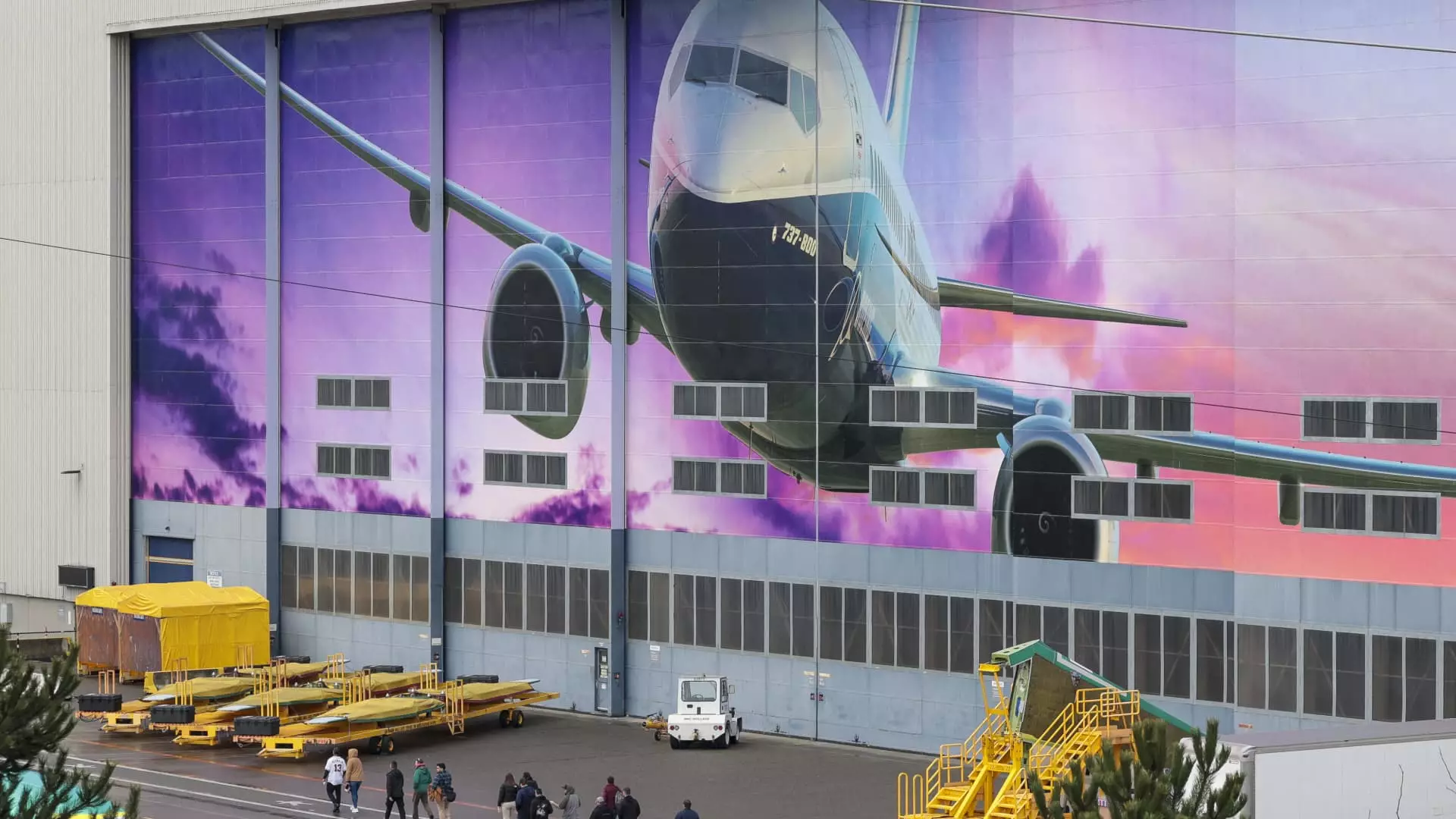Boeing’s financial narratives have fluctuated significantly over the past few years, characterized by turbulent times in manufacturing and compliance issues. However, recent statements by CFO Brian West suggest a potential turnaround. The company has reported easing cash burn rates, indicating a financial stabilization that many investors have eagerly awaited. With projections suggesting cash burn reductions amounting to “hundreds of millions,” there is a glimmer of hope for a company that has not seen an annual profit since 2018. This revival is not merely speculative; it comes after an intense struggle marked by a debilitating labor strike and various production hurdles.
Manufacturing Improvements on the Horizon
The progress in Boeing’s factories is arguably a cornerstone of its recovery strategy. West’s optimistic assertions state that the company aims to ramp up production of their iconic aircraft, including the 737 Max and 787 Dreamliner. The goal of achieving a production level of 38 737 Max aircraft per month signals a fierce determination to regain market confidence and fulfill backlogged orders. The importance of manufacturing improvements cannot be overstated, as a robust production pipeline is essential to reassure stakeholders and consumers alike. Achieving these targets will rejuvenate Boeing’s reputation in an industry where reliability is paramount.
Impact of External Crisis Management
The aviation giant has faced a kaleidoscope of nightmares, including the catastrophic fire at a Pennsylvania fastener factory. Amid such adversity, West has downplayed potential production impacts, asserting that inventory levels can mitigate immediate fallout. While optimism abounds, this assertion evokes skepticism. A resilient response to external crises is critical but isn’t a silver bullet. If Boeing cannot effectively manage its supply chain or confront the repercussions of external disruptions, even a strong product lineup might not suffice to regain its former glory.
Regulatory Challenges Persist
Right on the heels of internal improvements lurk regulatory concerns, particularly following the Federal Aviation Administration’s restrictions related to production rates. The cap on the 737 Max production following alarming incidents raises questions about Boeing’s long-term recovery trajectory. While West brushes off immediate anxieties related to tariffs proposed by the Trump administration, such uncertainty could easily alter the course of Boeing’s tactical aspirations. The interplay between regulatory environments and industry dynamics will undoubtedly influence Boeing’s ability to navigate the recovery process.
The Bigger Picture: Industry Sentiment and Stock Performance
Investors appear to be responding positively to the hints of recovery amidst a backdrop of multiple challenges, with shares rising nearly 7%. However, this leaves us contemplating the sustainability of such market responses. Are investors overly optimistic about what could just be a temporary reprieve? The aviation sector’s volatility warrants a cautious approach; optimism should not overshadow the underlying realities that have plagued Boeing for years. Unless the company can translate short-term optimism into sustained operational excellence, there’s a possibility that this stock surge could evaporate just as quickly as it appeared.
The comeback story of Boeing is not just about numbers on a sheet; it’s emblematic of a larger narrative within American industry that resonates with resilience, innovation, and the pursuit of excellence, despite formidable challenges.


Leave a Reply